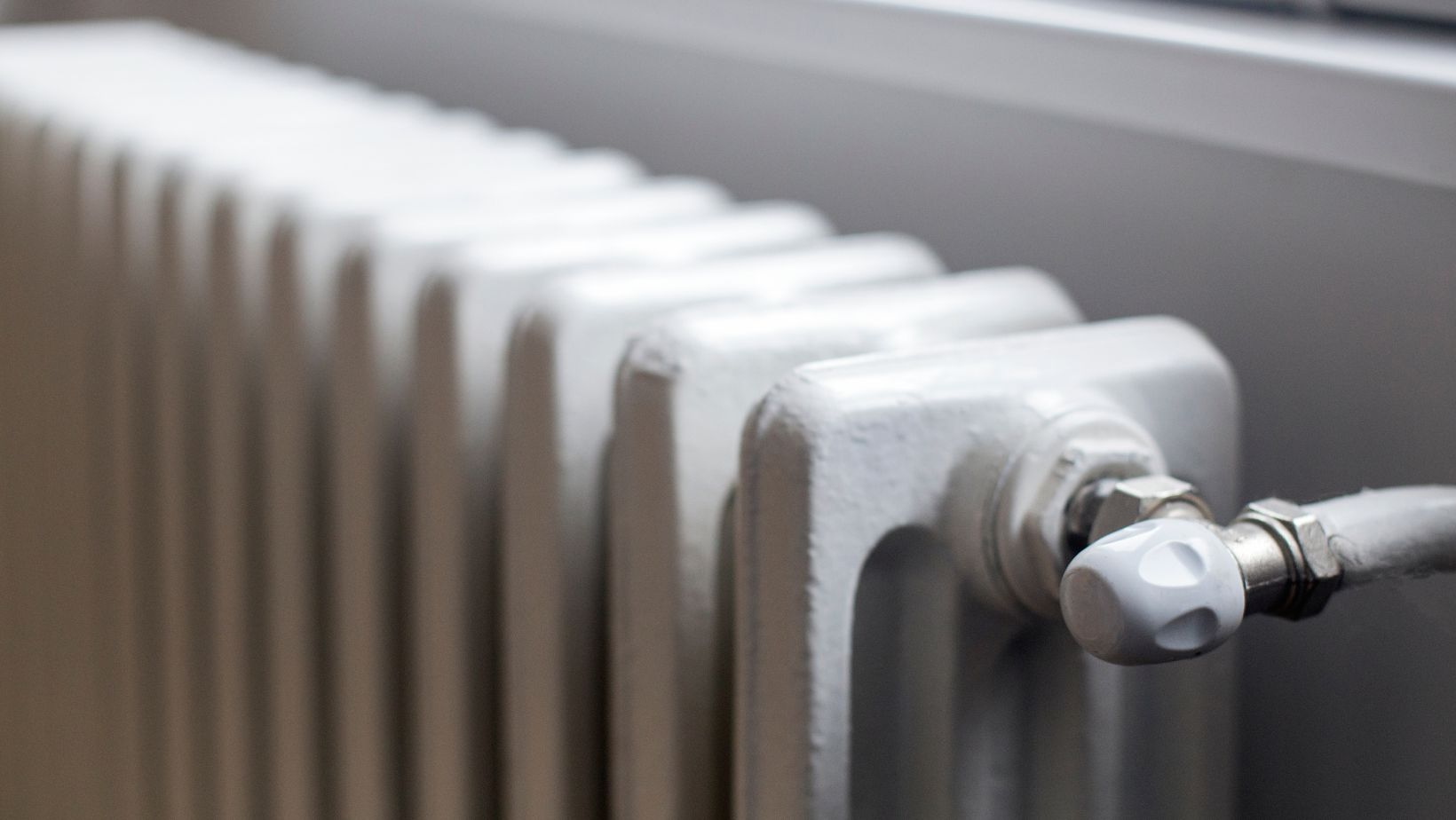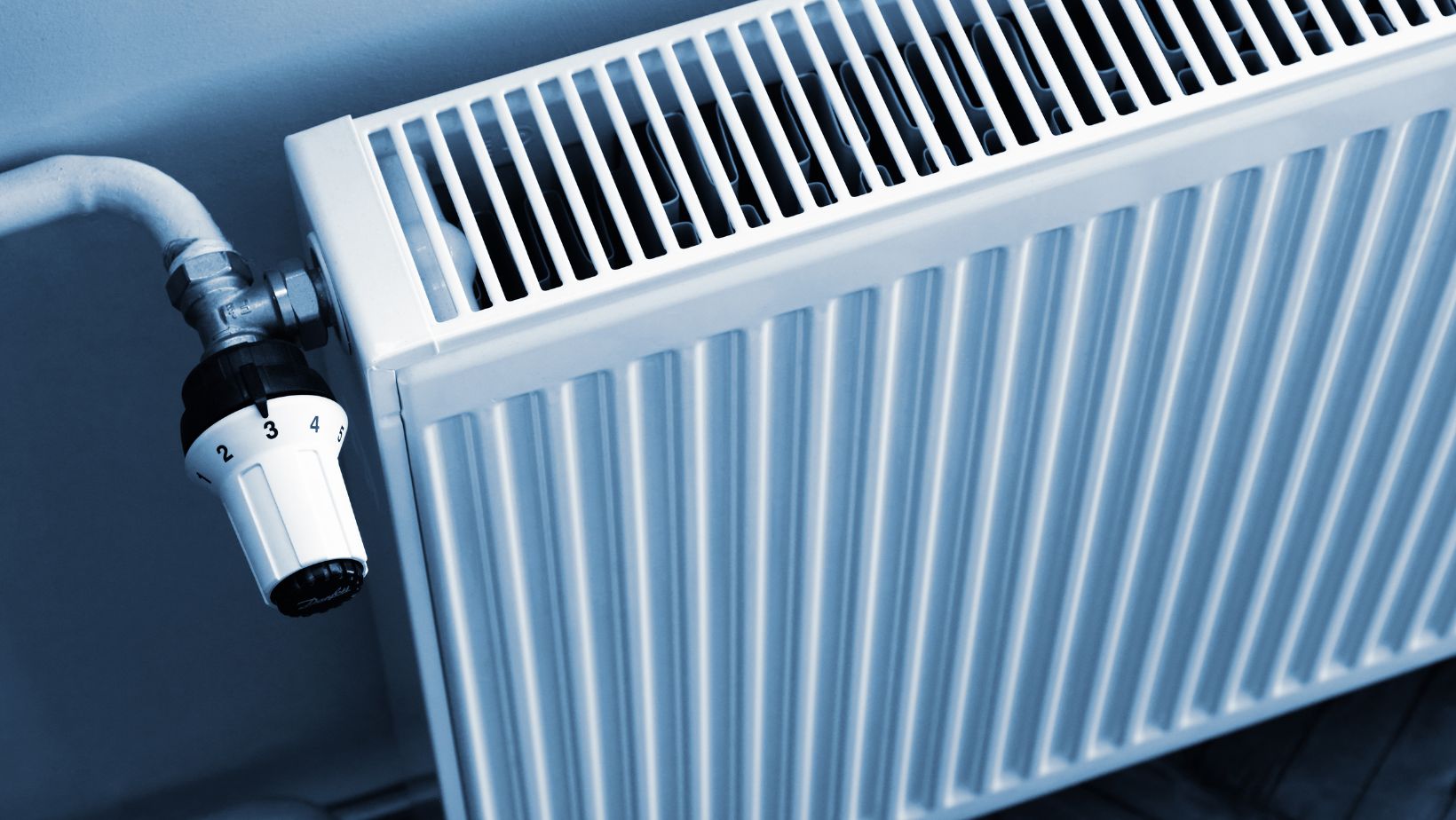How To Bleed An Old Radiator Without A Key

Are you struggling with a cold radiator in your home? Don’t worry; we’ve got you covered! This article will guide you through how to bleed an old radiator without a key.
Following these simple steps, you can quickly restore your radiator’s efficiency and warmth. However, if it isn’t usable anymore despite efforts, it may be time to invest in a new modern radiator from places like Trade Radiators.
So, let’s get started and bring back the cozy comfort to your living space!
Gathering the Necessary Tools and Materials
Before you can begin bleeding an old radiator without a key, gathering all the necessary tools and materials is crucial to ensure a smooth and successful process.
You will first need a flathead screwdriver or a pair of pliers. These tools will open the radiator valve, releasing any trapped air.
Having a cloth or towel on hand is also important to catch any water that may come out during the bleeding process.
Next, you will need a container to collect the water from the radiator. A small bucket or bowl should suffice for this purpose. Ensure it is clean and large enough to hold the water without overflowing.
Having some paper towels nearby for spills or drips is also helpful.
Before bleeding an old radiator without a key, gather your essential tools, such as a flathead screwdriver or pliers, and a cloth or towel for catching water. Remember to have a container ready for collecting the water and some paper towels for cleanup.
With these materials at hand, you’ll be well-prepared for completing the task at hand.
Identifying the Bleed Valve Location
Inspect the radiator for a small metal lever or knob to locate the valve. This bleed valve is usually located on one of the sides or at the top of the radiator. It may be covered by a plastic cap that can be easily removed by hand.
Once you have identified the location of the bleed valve, make sure to have a towel or container ready to catch any water that may leak out during the bleeding process.
Now that you have found the bleed valve, ensuring that your heating system is turned off before proceeding is important. This will prevent hot water from flowing through the radiator and minimize potential risks.

Once you have turned off your heating system, use a screwdriver or an adjustable wrench to open the bleed valve in a counterclockwise direction slowly. You should hear a hissing sound as air begins to escape from the radiator. Keep turning until water starts to come out steadily instead of air bubbles.
Be careful not to open the valve too much, which can cause excessive water leakage. Remember to tighten it back up once all air has been released and only water is coming out.
Preparing the Radiator and Surrounding Area
Prepare for hassle-free radiator maintenance by prepping the surrounding area and ensuring everything’s in place. Before you begin bleeding an old radiator, protecting the surrounding area from any potential water spills or leaks is important.
Start by placing towels or old newspapers on the floor beneath the radiator to catch any drips or splashes. This will help prevent any damage to your flooring and make clean-up easier afterward. Additionally, it would be best to have a bucket or container nearby to collect excess water during bleeding.
Next, check that you have all the necessary tools readily available. While bleeding an old radiator without a key is possible, having a bleed key on hand can make the process smoother and more efficient. If you don’t have a bleed key, you can use pliers or a screwdriver as makeshift tools instead. Make sure these are easily accessible before starting so that you don’t have to scramble for them later on.
Finally, please double-check that your radiator is turned off before attempting to bleed it. This will prevent hot water from spraying unexpectedly and potentially causing burns or injuries. Taking these preparatory steps will ensure that everything’s set up properly before moving on to actually bleeding the radiator itself.
Bleeding the Radiator Without a Key
Ready to tackle radiator maintenance? No need to worry if you don’t have a bleed key – I’ll show you how to do it without one!
Bleeding a radiator without a key is quite simple. First, locate the small valve at the top of your radiator. It’s usually on one side and resembles a small square or hexagonal nut. Next, grab a pair of pliers or an adjustable wrench to grip the valve. Turn it counterclockwise, but be careful not to force it too much, as you don’t want to damage the valve.
Once you’ve turned the valve, listen carefully for any hissing sounds. This indicates that air is escaping from the system. Keep turning until water starts dripping out steadily instead of air. Have a cloth or towel ready to catch any drips.
Once all the air has been released and the water flows smoothly, use your pliers or wrench to close the valve by turning it clockwise again. Congratulations! You’ve successfully bled your radiator without a key and ensured it operates again efficiently.
Monitoring and Completing the Process
Once the radiator has been properly bled and the air is no longer escaping, monitoring the system and completing the process by securely closing the valve using a wrench or pliers is important. This step ensures that no air or water leaks from the radiator, maintaining efficiency.
Take your wrench or pliers and carefully turn the valve clockwise until fully closed. Make sure not to overtighten, as this can damage the valve.
After closing the valve, watch your radiator for a little while to ensure no further issues. Check for any signs of leaking or hissing sounds, which could indicate a problem with the valve or another part of the system.
If everything looks good, you can turn on your heating system and observe if heat is evenly distributed throughout your home. If you notice any cold spots or uneven heating, it may be necessary to bleed the radiator again or consult a professional for assistance.

By monitoring and completing the process correctly, you can ensure that your old radiator functions efficiently without any air pockets causing problems in your heating system.
To Quickly Summarise
So, you now know how to bleed an old radiator without a key, which is more manageable than it may seem. By gathering the necessary tools and materials, such as cloth, pliers, and a container to collect water, you’re already on your way to success.
Identifying the bleed valve location is crucial to effectively releasing trapped air from the system.
Once you’ve prepared the radiator and surrounding area by turning off the heating system and protecting nearby furniture or flooring with a cloth, you can begin the process of bleeding. You can release any trapped air inside by using pliers to turn the bleed valve counterclockwise until you hear a hissing sound. It’s important to monitor the process closely and monitor any leaks or excessive water flow.
Remember to consult professional help if needed or if any issues arise during this DIY task. Good luck!
What's Your Reaction?
Deepak is a lover of nature and all things sporty. He loves to spend time outdoors, surrounded by the beauty of the natural world. Whether he's hiking, biking, or camping, Deepak enjoys being active and in touch with nature. He also loves to compete and push himself to his limits. Deepak is an avid cyclist, runner, and swimmer. He has competed in several triathlons and marathons, and is always looking for new challenges to take on.



